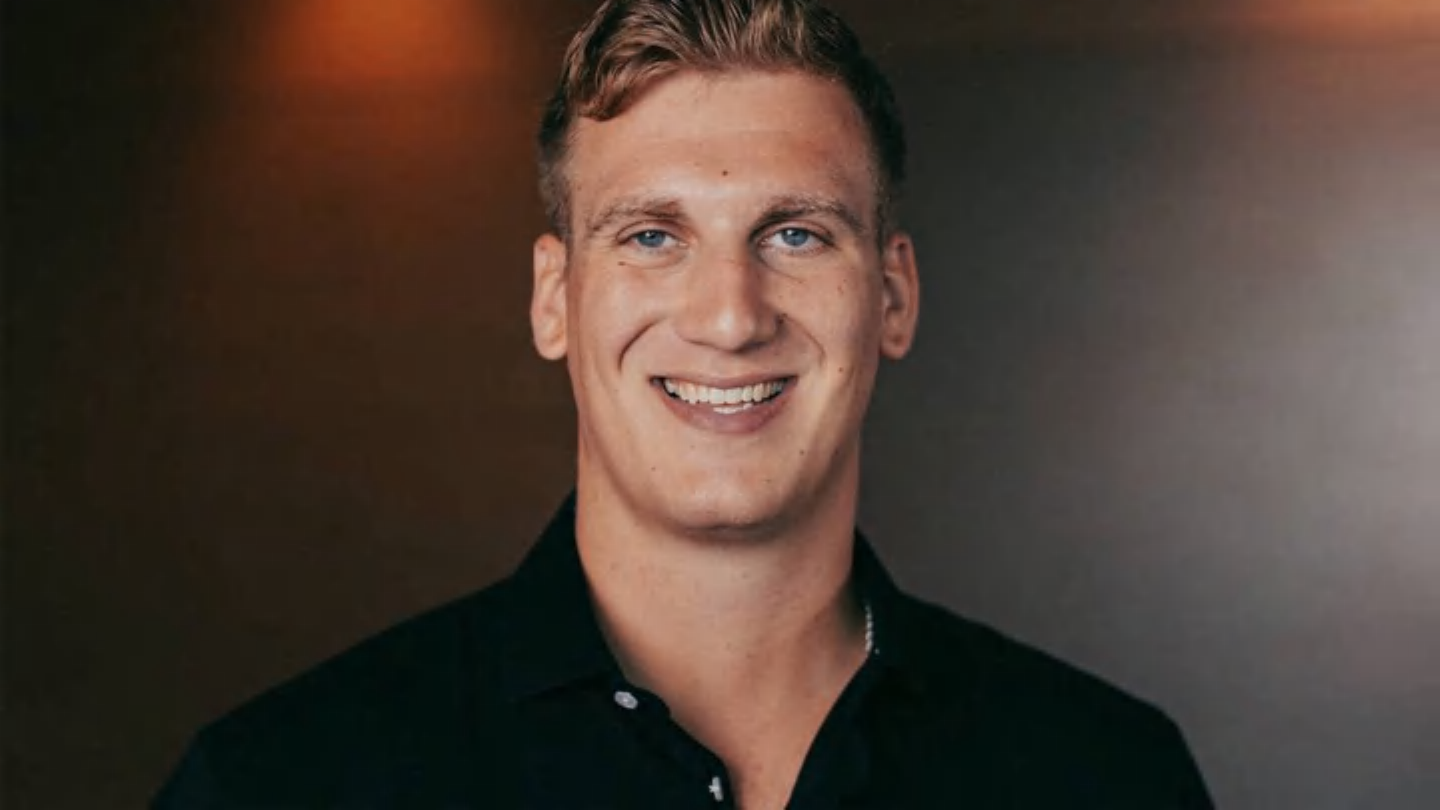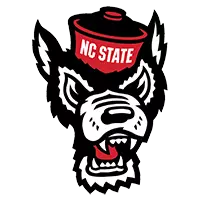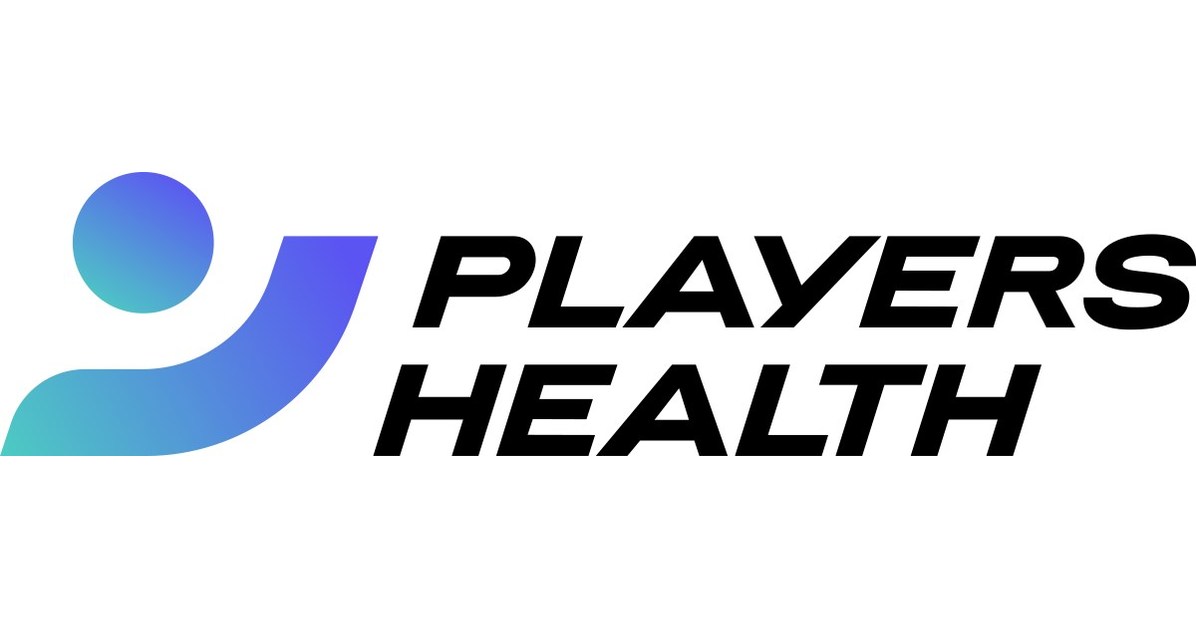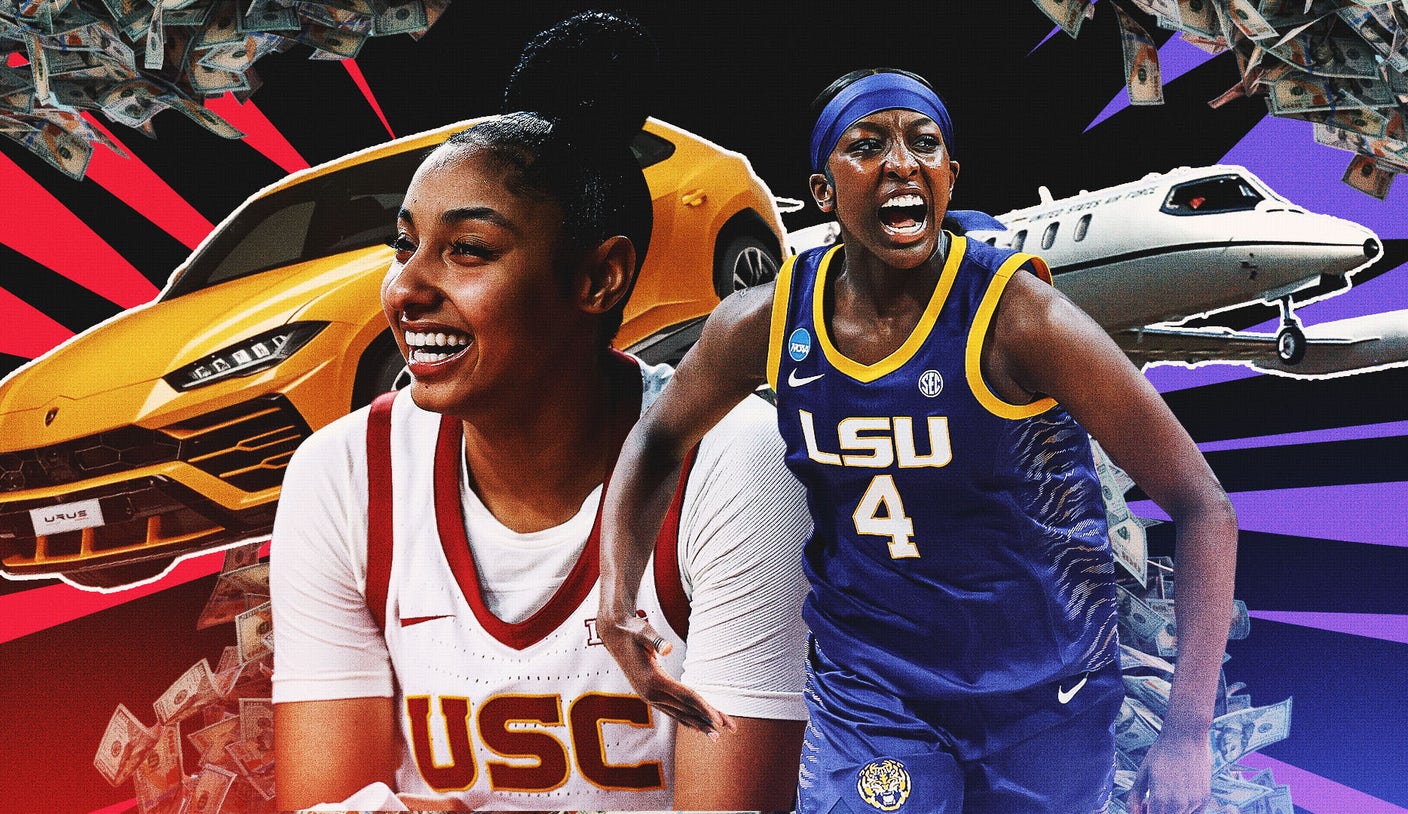Ever since the advent of the name, image and likeness (NIL) era in college sports in 2021, football and men’s basketball players have typically been the highest earners. However, women’s college basketball has been a major beneficiary of NIL, too.
In fact, women’s college athletes’ NIL deals outpaced men’s college athletes’ NIL deals in 2023, according to a report from SponsorUnited. The report showed that NIL deal distribution among the top 100 most endorsed athletes that year was balanced between women’s athletes earning 52% of the money from those partnerships and men’s athletes earning 48% of the money from those deals. Women’s college basketball players made up 35% of the money earned by women’s athletes in NIL that year, the report added.
Of course, stars like Caitlin Clark, Angel Reese, Paige Bueckers, Hailey Van Lith and Cameron Brink were all still in college at the time of the report, helping to spearhead a rise in the popularity of women’s basketball in recent years.
That said, let’s take a look at the 10 most valuable players in women’s college basketball entering the 2025-26 season, via On3.

School: LSU
Position: Guard
NIL valuation: $1.5 million
Flau’jae Johnson has been one of the premier faces of NIL across all college sports, being able to profit on her rapping career while also starring on the court. Ranked 52nd in On3’s most valuable college athletes list, Johnson has landed countless NIL deals, reportedly inking deals with Powerade, JBL Audio, Raising Cane’s, Campus Ink, Papa John’s, Doritos, Uninterrupted, Amazon, Turbo Tax, Experian, JanSport, The Athlete’s Foot, Tinder, Bazooka, Apple Cash and Mondelez.

Flau’jae Johnson #4 of the LSU Tigers pregame against the UCLA Bruins in the Elite Eight round of the NCAA Women’s Basketball Tournament. (Photo by Reagan Cotten/University Images via Getty Images}
Johnson also agreed to an NIL deal with Unrivaled, the new women’s professional basketball league that just finished its first year. A third-team All-American last season, Johnson has been viewed as a top prospect in the 2026 WNBA Draft as she enters her senior year.

School: Oklahoma
Position: Guard
NIL valuation: $755,000
Aaliyah Chavez was ranked as the No. 1 recruit by 247 Sports in the Class of 2025, allowing her to profit before she entered college. It was rumored that she was commanding a $1.5 NIL package before committing to Oklahoma over Texas. It was also reported that she was expected to agree to an NIL deal with Jordan Brand shortly after committing to Oklahoma in March.

School: USC
Position: Guard
NIL valuation: $739,000
NIL has also allowed JuJu Watkins to profit early in her college career. After being named a consensus first-team All-American as a freshman for the 2023-24 season, Watkins became a fixture in State Farm ads. Watkins also has reported deals with Nike, Fanatics, Mondelez, United Airlines, Spotify, AT&T and Gatorade, among others.

JuJu Watkins #12 of USC looks on during a game against Indiana in the Big Ten Women’s Basketball Tournament. (Photo by Michael Hickey/Getty Images)
In fact, Watkins starred in a Gatorade ad alongside Bueckers and Cooper Flagg that aired during the men’s and women’s NCAA Basketball Tournaments in March and April. As Watkins rehabs from an ACL tear, she has been viewed as one of the future faces of the sport, and she has two years of eligibility remaining.

School: Iowa State
Position: Guard
NIL valuation: $412,000
Jada Williams has earned a handful of reported NIL deals that date back to before she began college in 2023, agreeing to partnerships with Overtime, Nerf, Lace Clips, Lemon Perfect, Spalding, Bumble, Gymshark and more. Williams averaged 12.7 games as a sophomore in 2024-25, transferring from Arizona to Iowa State.

School: Alabama A&M
Position: Guard
NIL valuation: $299,000
One of the few players from a mid-major school to appear on any of these lists, Shelomi Sanders — the daughter of Colorado football coach and NFL legend Deion Sanders — has collected a handful of NIL deals from notable brands through the end of her sophomore season. She has reportedly agreed to deals with Dexcom U, EA Sports, Meta, Instagram, KFC and more.

School: UConn
Position: Guard
NIL valuation: $218,000
Azzi Fudd was collecting NIL deals even before she helped UConn win a national championship in 2025. The No. 1 recruit in the Class of 2021, Fudd notably signed a deal with Under Armor to reportedly join Steph Curry’s personal brand as a freshman.

Azzi Fudd #35 of UConn looks on in the fourth quarter against South Carolina in the National Championship of the NCAA Women’s Basketball Tournament. (Photo by Maddie Meyer/Getty Images)
Fudd has also reportedly received deals with Chiptole, TikTok, American Eagle, TIAA, Nerf, Buick, Bose, Door Dash, Madison Reed and more, as she opted to return to UConn for one last season in 2025-26. She’s expected to be a top prospect in the 2026 WNBA Draft.

School: South Carolina
Position: Forward
NIL valuation: $159,000
Chloe Kitts, who helped South Carolina win a national title as a sophomore in 2024, has logged a few notable NIL deals in her college career. She’s reportedly earned deals from Powerade, Sephora, Marathon and Mondelez. As she enters her senior year, Kitts has emerged as one of the top players on Dawn Staley’s squad, winning SEC Tournament MVP in 2025.

School: UConn
Position: Guard
NIL valuation: $145,000
KK Arnold, who was one of the top recruits in the Class of 2023, has several NIL deals with notable brands. She has reportedly agreed to deals with the NIL Store, Powerade, Intuit TurboTax, Raising Cane’s and others. After coming off the bench for UConn’s title-winning squad in 2025, Arnold seems in line to have a larger role in 2025-26, which could help her earn more NIL money.

School: Florida
Position: Guard
NIL valuation: $138,000
The daughter of NBA icon Shaquille O’Neal, Me’Arah “Meezy” O’Neal is in the top 10 on this list following her freshman year at Florida. She doesn’t have any reported NIL deals.

School: LSU
Position: Guard
NIL valuation: $125,000
MiLaysia Fulwiley was one of the top transfers in women’s college basketball this offseason, making the move from South Carolina to LSU after winning SEC Sixth Woman of the Year in 2024-25. She reportedly inked a handful of NIL deals during her time at South Carolina, agreeing to partnerships with RITZ Crackers, Curry Brand, Red Bull, Intuit TurboTax and more.
Want great stories delivered right to your inbox? Create or log in to your FOX Sports account, follow leagues, teams and players to receive a personalized newsletter daily.

Get more from Women’s College Basketball Follow your favorites to get information about games, news and more


























































